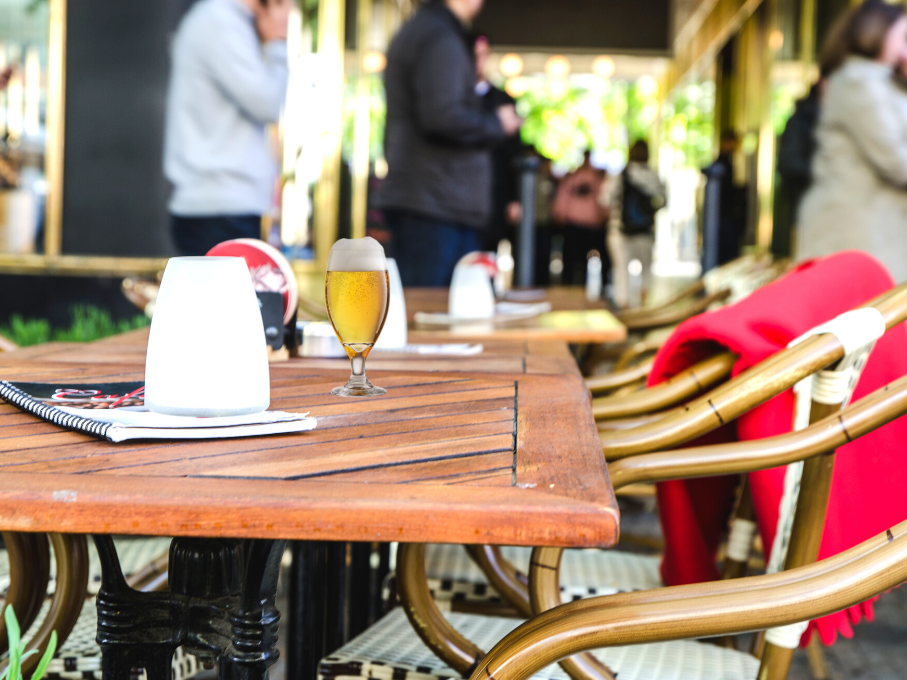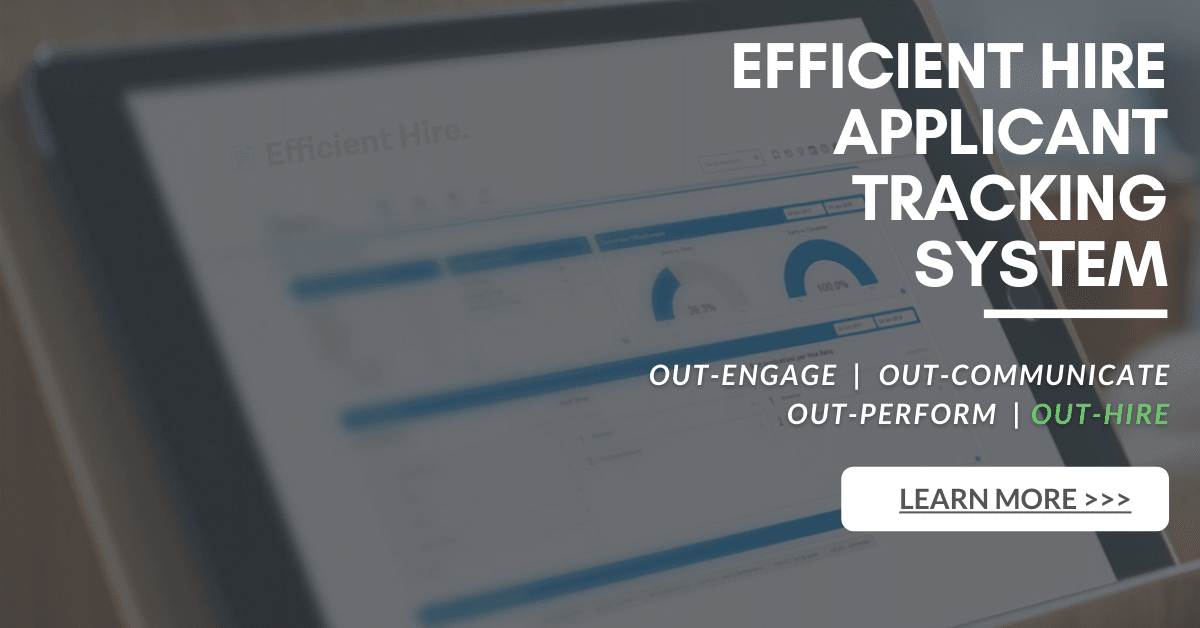
You’ve made your budget for 2023, but Q1 is over, we’re deep into Q2, and now it’s time to adjust and adapt as you’ve seen your fiscal results. Summer is nearly here, and as every restaurant knows, the extra outdoor patio square footage means additional sales. So now it’s time to plan accordingly!
Throughout this post, we will work down the P&L with our top tips to adjust budgeting and forecasting so operators can meet the new demands that come with summertime!
1. Getting Creative to Drive Top-Line Restaurant Sales
A top example of getting creative to drive top-line revenue came from a creative Denver client who recently opened up their patio for springtime. With Colorado weather always frantic pre-summer (snow one day and 80-degree weather the next), this operation created a deal for a beer and a blanket. The value is $10 for the beer/blanket to cover their bases on the cooler days and evenings. The combo has increased their overall retail sales by a few percentage points, and patio season has only just begun!
There’s always an opportunity to up the ante with a logo for brand awareness when creating marketing specials where operators can make a positive sales and marketing cycle. A few additional summertime top-line revenue-generating ideas include:
- Provide summer holiday patio specials and events
- Capitalize on patio space for community or business events
- Adding entertainment to patio spaces (i.e., booking music, adding games)

2. Restaurant Forecasting & Budgeting Adjustments
Adjusting for Sales Changes
As a result of the lasting impacts that COVID has had on the restaurant industry, most restaurants have continued to take a slow-roll approach to build out their budgets. However, they’ve perhaps been overly conservative with their projections. For the last two years, our clients have consistently seen increasing sales from the end of Q1 into the end of Q2. The combination of warming weather and people wanting to dine out on patios or meet their friends for warm weather drinks has continued to drive sales growth.
Adjusting for Cost of Goods
Restaurants must consider higher commodity prices. Supply Chains are working overtime to try and accommodate the need for specific products. We continue to see significant delays country-wide with production. Because of that, prices are going to be higher for particular products. If operators aren’t factoring that in and making sure they’re considering those increased prices within their budget, they’re not setting themselves up for success.
3. Managing Restaurant Labor
Due to lingering labor shortages, restaurants must budget for potentially higher labor costs. The most important factor is for operators to ensure they adequately staff to accommodate increasing summertime sales.
While operators may run a slightly higher labor percentage in the near term, this strategy helps build their business in the long run. With the need to increase staffing, restaurants are looking for targeted tactics to attract the right candidates; a few that we’ve seen successfully done are the following:
- Increased pay
- Increased Employee Benefits
- Health Insurance
- Paid Time Off Structure
When utilizing any of the tactics above, it’s crucial to include them in the budgeted labor costs.
4. Planning for Restaurant Direct Operating Costs
Just like operators should plan for higher Cost of Goods, they should also anticipate higher operating costs in the near term. Items like disposables, soaps, and chemicals are in high demand. Keeping an eye on those prices and proactive planning allows operators to weather the storms until they pass.
TIP: It might be in an operator’s best interest to budget 3% for their paper products, whereas in an average year, they might budget 1½% – 2%. Being more conservative can only help an operator make better plans moving forward.
5. Managing Restaurant Comps
Building business comps and earning repeat customers, particularly within delivery, is a significant opportunity in the industry’s current landscape. There’s no better time for operators to review their comp and discount practices, marketing tactics, and study their website to ensure optimization for driving business. A restaurant’s website can act as a revenue center where operators can sell Gift Cards or retail items in addition to their core product (food and beverage).
Rethinking the relationship with 3rd party delivery services
Operators should rethink their relationship with 3rd Party Delivery Services. They can view delivery as an opportunity to reach the guests and customers that they may not otherwise be able to.
BONUS: Throw in a promo with a customer’s next delivery meal expressing that it’s usable only if they order directly through your website. This positions operators to utilize 3rd party services to reach new guests and drive their focus back to the website.
Building Business
When restaurant operators build budgets and look at areas to cut costs, it’s essential to drive away from advertising expenses to save money. Continuously working on building your business is critical for long-term survival. When looking at business-building initiatives, i.e., advertising expenses, it’s money well spent from a budgeting perspective.








